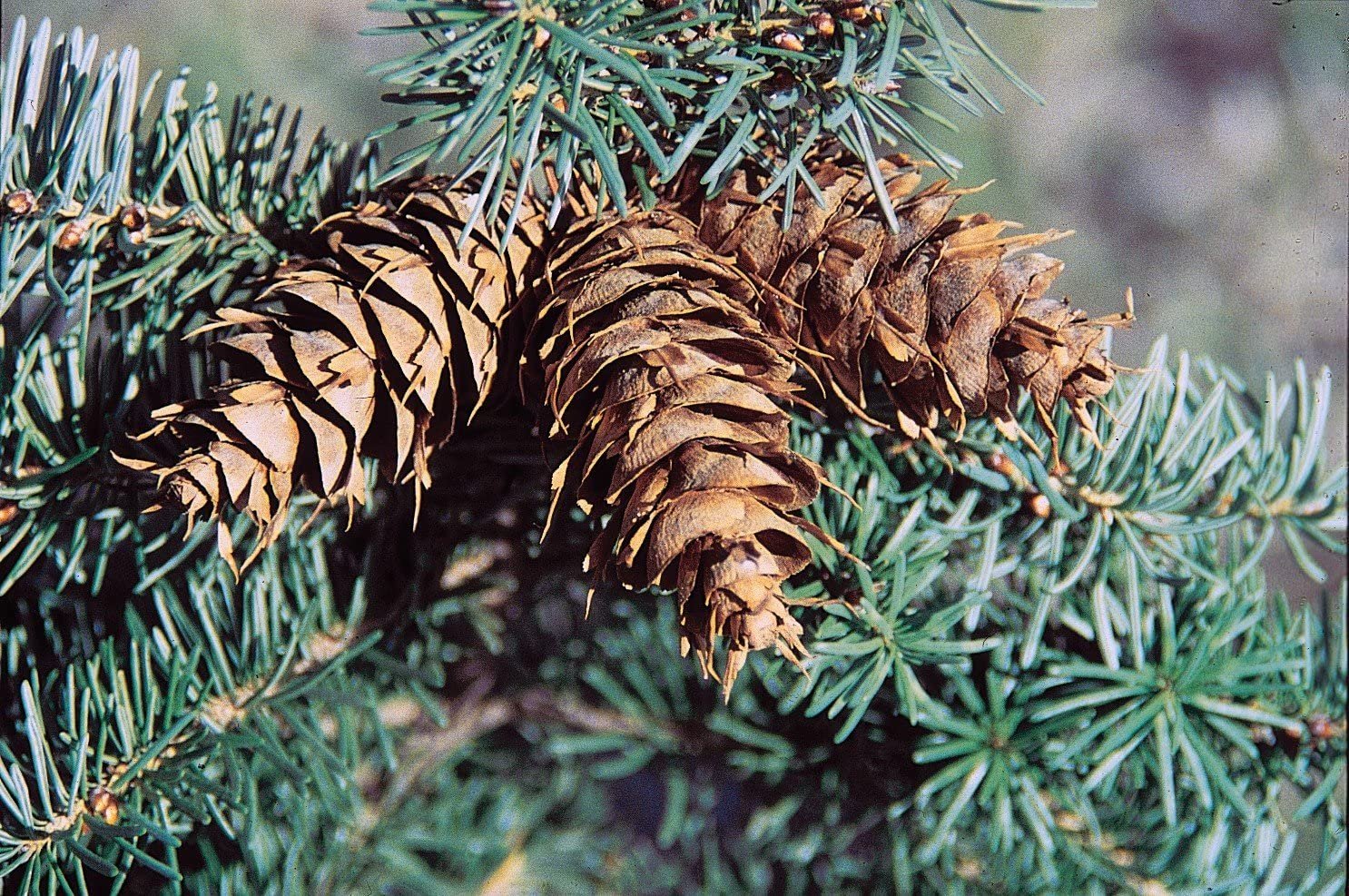Just a handful of species make up the majority of evergreens planted. This lack of diversity is starting to be a real problem in areas where diseases are decimating both Scotch pine and Austrian pine, the two most commonly planted pine trees of the last 50 years. Fortunately, there are several less-common types of evergreens to consider.
Concolor Fir (Abies concolor): Graceful, soft, silvery-blue foliage makes it a nice alternative to Colorado spruce. Grows to 70 feet tall by 40 feet wide.
Douglas Fir (Pseudotsuga menziesii): Soft blue-green needles with attractive cones. Grows to 70 by 30.
Bosnian Pine (Pinus heldreichii): A graceful, dark green, more compact tree that is a nice substitute for Austrian pine or Scotch pine. Grows to 50 by 30.
Limber Pine (Pinus flexilis): Native to western Great Plains where it makes a good, drought-tolerant, long-lived landscape tree on well-drained soils. Grows to 60 by 40.
Pinyon Pine (Pinus cembroides): A slow growing, extremely drought-tolerant tree. Best suited to well-drained soils of western Nebraska where it will grow up to 25 by 15.
Bristlecone Pine (Pinus aristata): A small, slow growing, picturesque tree with bottlebrush like tufts of needles at branch tips. Best on well-drained soils of western Nebraska. Grows to 30 by 20.
Serbian Spruce (Picea omorika): Similar to Norway spruce with graceful, drooping branch tips and attractively streaked silver-green foliage. Grows to 60 by 30.

